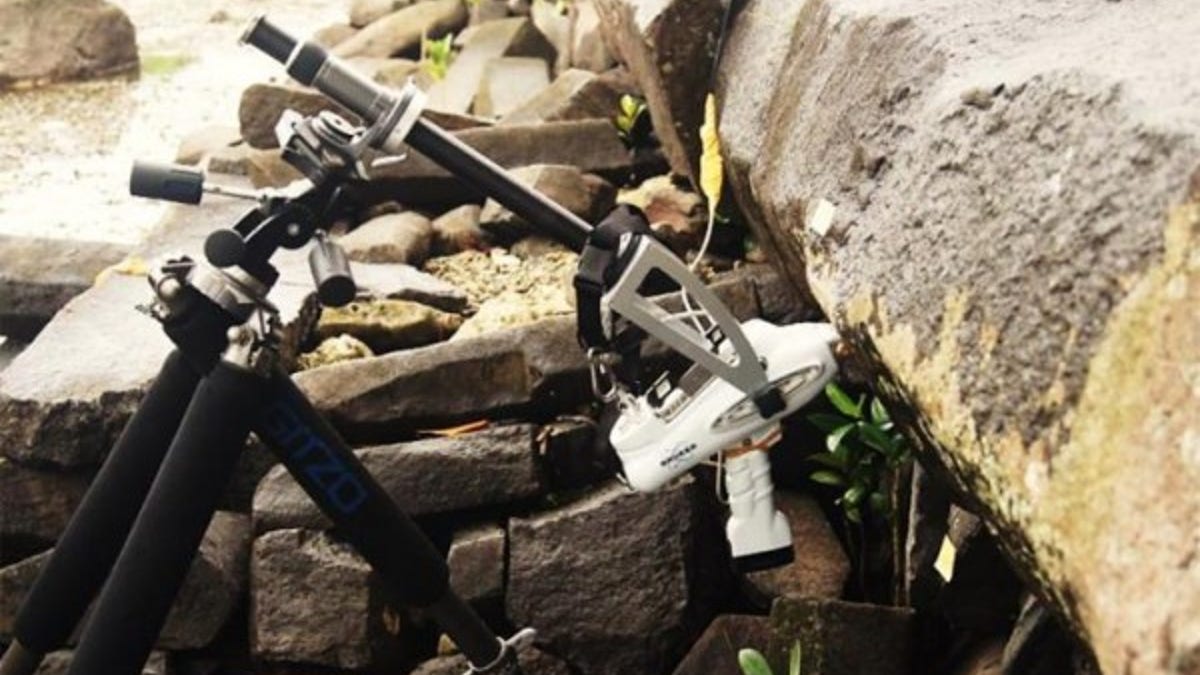In the middle of the Pacific Ocean, there’s a large, lush, verdant island called Pohnpei, where pigs are commonly raised by the locals and mangrove trees abound. On the coast of this island is an ancient burial site for chiefs who lived there hundreds and hundreds of years ago, and now, new research is shedding light on the history of this archaeological wonder.
The burial, ceremonial, and cultural site is called Nan Madol, and it dates back to about the year 1180, according to new research lead by Mark McCoy, an anthropologist and associate professor at Southern Methodist University in Texas. McCoy said that the site is at least 100 years older than similar ones in the Pacific islands.
“It now looks like Nan Madol represents a first in Pacific Island history,” McCoy said in an email to FoxNews.com. “The tomb of the first chiefs of Pohnpei is a century older than similar monumental burials of leaders on other islands.”

The pXRF was used on islets across the site of Nan Madol and intensively on the islet of Nandauwas. (Mark McCoy)
That makes the place a good location to study the beginnings of hierarchical societies, he added.
“To me, in its prime, Nan Madol was a capital,” McCoy said. “It was the seat of political power, the center of the most important religious rituals, and the place where the former chiefs of the island were laid to rest.”
The researchers dated the age of the coral used as part of constructing the site to find out a more precise date for when bulding it began, and specifically studied one tomb where chiefs were buried. They were also able to determine the origin of the big log-like volcanic rocks came from that the ancient people used to construct the site, which is on the water.
Related:
“The main finding here was the discovery of strong archaeological evidence of rise of the first chiefs to rule the island,” McCoy said, “something that of course is described in Pohnpei’s own oral histories, but with the results described in our new paper, can now be compared to other islands in the Pacific and societies around the world.”
Pohnpei is part of the Federated States of Micronesia, and is a tall, rainy island roughly between Hawaii and the Philippines. The new research was published in the journal Quaternary Research.
Follow Rob Verger— who spent a semester teaching on Pohnpei— on Twitter: @robverger




















